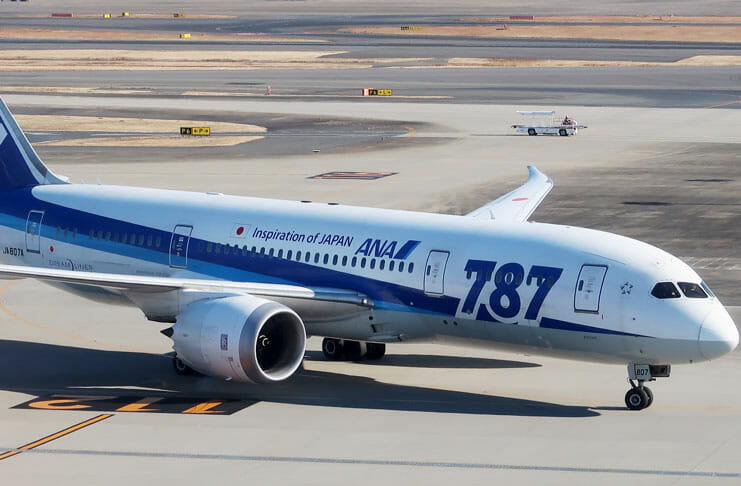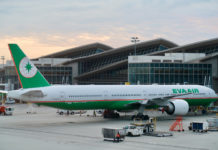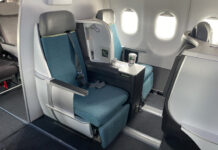
TravelingForMiles.com may receive commission from card issuers. Some or all of the card offers that appear on TravelingForMiles.com are from advertisers and may impact how and where card products appear on the site. TravelingForMiles.com does not include all card companies or all available card offers.
Some links to products and travel providers on this website will earn Traveling For Miles a commission which helps contribute to the running of the site – I’m very grateful to anyone who uses these links but their use is entirely optional. The compensation does not impact how and where products appear on this site and does not impact reviews that are published. For more details please see the advertising disclosure found at the bottom of every page
I’m still not sure I like the idea of driverless vehicles on our roads as I’m not convinced we’re even close to developing the technology required for them to co-exist happily with everyday traffic and pedestrians.
However, when it comes to heavily controlled areas I have fewer reservations and that’s why I was interested to read that ANA has embarked on the second stage of testing for its autonomous, driverless bus at Tokyo’s Haneda airport.
From today through 25 January ANA, together with its partners, will be trialling a driverless bus in the restricted area of Haneda Airport and, should the results of the trial turn out to be favorable, the technology for driverless buses will be rolled out at Haneda by 2020 (presumably in time for the Tokyo Olympics).
Rather than try to put the specifics in my own words I’ll let ANA explain how the technology works (or should work):
The autonomous bus will run with the help of magnetic trackers embedded into the ground that will help guide the bus along its route. Onboard sensors will allow the bus to follow these marks and will enable the bus to travel smoothly even if GPS signals are unavailable.

During testing, the bus will also host an advanced control system called, “Dispatcher,” which will make it possible for the operator to monitor progress in real time and take control when needed. The system provides constant real-time feedback that the operator can use to evaluate the interior and exterior of the vehicle at all times.
This is apparently just one of a number of trials that are currently taking place with other companies performing similar tests at Narita, Sendai, and Nagoya airports.
Bottom Line
If the bus has to follow magnetic trackers (rather then GPS) it sounds a little less autonomous than the cars that Google and Apple have been crashing at various locations around the US…and that’s no bad thing.
Based on what ANA has released it sounds as if the end purpose for the buses is for use within the restricted area of the airport rather than on the regular roads between the terminals so I can see this technology working quite well.
Within the restricted area there’s unlikely to be much that will get between the bus and its magnetic guides and there will be considerably less random elements to “confuse” the bus too (like pedestrians and regular motorists) so life shouldn’t be too taxing for the new technology.
The big question I have at this point is this: Of what benefit to passengers is this technology going to be?
I’m not sure I can see how driverless buses can be more efficient than a bus driven by a human in the restricted area so, other than leaving a bus driver out of a job and saving a corporation a salary, what is the technology is aiming to do for passengers…if anything?
What am I missing?

















How backward thinking can you really be?
Would you prefer to go back to horse carriages to give those poor horses a job?
Rather than making obnoxious comments with zero value how about you tell me what I’m missing? I’m more than happy to be shown what value passengers will get out of this and the question I posed at the end was a genuine one.
[…] Sources: techxplore.com, phys.org, travelingformiles.com. […]
[…] Sources: techxplore.com, phys.org, travelingformiles.com. […]
[…] Sources: techxplore.com, phys.org, travelingformiles.com. […]